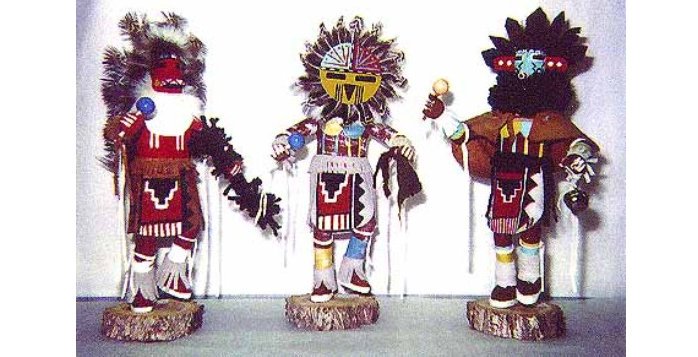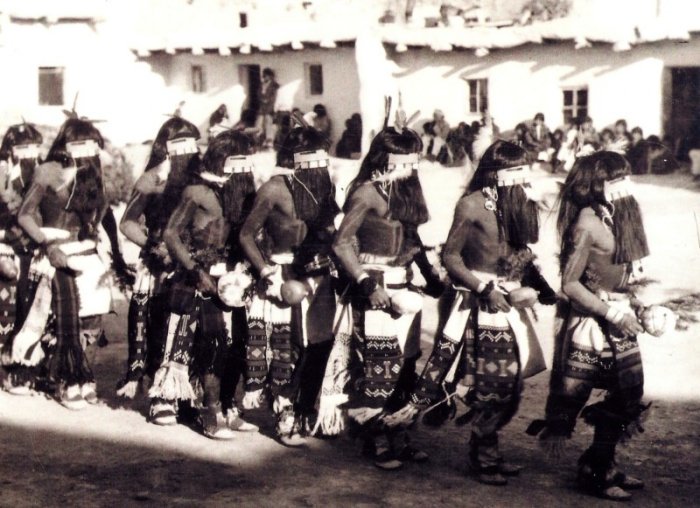Soyal: Hopi Indians’ Winter Solstice Celebration And Arrival Of Katchinas
Ellen Lloyd - AncientPages.com - There are many different kinds of winter solstice celebrations across the world.
The Hopi Indians of Northern Arizona celebrate Soyal and welcome the Kachinas, protective spirits from the mountains. The celebration begins on the shortest day of the year and symbolizes the second phase of Creation at the Dawn of Life
December has been held sacred for over a thousand years. To the Hopi Indians this month is associated with the arrival of the Katchinas (Katsinam ) who bring the Sun back to the world.
In his book, The Oxford Handbook of North American Archaeology, Timothy R. Pauketat, archaeologist and Professor of anthropology and Medieval studies at the University of Illinois writes that “according to official Hopi history Katsinam are Hopi spirit messengers who send prayers for rain, bountiful harvests, and prosperous healthy life for humankind.
They are friends and visitors who bring gifts and food, as well as messages to teach appropriate behavior and consequences of unacceptable behavior.”
There are over 250 different types of Katsinam and they all represent various beings, from animals to clouds.
The Hopi Indians celebration of Soyal. Credit: Wilder Utopia
During their stay at the Hopi the Katsinam appear in physical form, and they participate in the ceremony dancing and singing. On the first and second Mesa, the Katsinam arrive in February at the Bear Dance ceremony and on the third mesa they come in December celebrating the Soyal ceremony.
Before the Soyal ceremony can take place there are many things that need to be prepared.
The Hopi Indians make prayer sticks of tied feathers and pinyon needles called Pahos to bless the community, including their homes, animals and plants. Children receive small dolls made in the image of the Kachinas and they must learn about hundreds of Katchina spirits.
Sixteen days before the winter solstice, one of the chief kachinas enters the Pueblo.
He is dressed like an old, tired man and appears to have just awakened from a deep slumber. He sings and dance and people follow his every move. But he sings in a very low voice because the songs are sacred and not everyone is allowed to hear them.
“We Hopi are deeply religious people. We follow divine instructions and prophecies received from the caretaker of this world, Maasaw. Our religion teaches us a lifeway of humility, cooperation, respect and earth stewardship.
Soyal celebration. Credit: University of Toronto
We practice our religion with different ceremonies throughout the year which are timed according to phases of the Moon and solstices of the Sun. Many of our ceremonies seek to maintain and improve our harmony with nature, enhance our prospects for good health and long, happy life, and are supplications for rain.
Through our dances we celebrate the renewal of our life pattern, ancient immigration, and a spiritual connection with our ancestral sites.
This together with our farming traditions, ties us both physically and ceremonially to our ancestral land, the Sun, and the cycle of the seasons,” the Hopi themselves say about their annual cycle.
The Katchinas stay with the Hopi for the first half of the Wheel of the Year until the summer solstice, when they return to their home in the mountains.
Written by - Ellen Lloyd – AncientPages.com
Copyright © AncientPages.com All rights reserved. This material may not be published, broadcast, rewritten or redistributed in whole or part without the express written permission of AncientPages.com
More From Ancient Pages
-
 Denisovan DNA Found In The Genome Of Oldest Human Fossil Discovered In Mongolia
Archaeology | Oct 30, 2020
Denisovan DNA Found In The Genome Of Oldest Human Fossil Discovered In Mongolia
Archaeology | Oct 30, 2020 -
 Glastonbury Tor – One Of The Most Mysterious Sacred Places In England
Civilizations | Aug 30, 2018
Glastonbury Tor – One Of The Most Mysterious Sacred Places In England
Civilizations | Aug 30, 2018 -
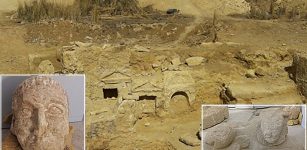 Remains Of Graeco-Roman Temple Discovered Near Egypt’s Siwa Oasis
Archaeology | Apr 6, 2018
Remains Of Graeco-Roman Temple Discovered Near Egypt’s Siwa Oasis
Archaeology | Apr 6, 2018 -
 Skidi Pawnee Indians: One Of The Most Proficient Astronomers Of Ancient Times And Their Sophisticated Star Chart
Featured Stories | Nov 28, 2024
Skidi Pawnee Indians: One Of The Most Proficient Astronomers Of Ancient Times And Their Sophisticated Star Chart
Featured Stories | Nov 28, 2024 -
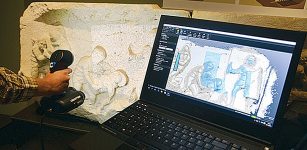 Archaeologists Use Laser Technology To Create Digital Models Of Ancient Artifacts
Archaeology | Jan 28, 2016
Archaeologists Use Laser Technology To Create Digital Models Of Ancient Artifacts
Archaeology | Jan 28, 2016 -
 Pergamon – One Of ‘Seven Churches Of Asia’ With Great Library And Sophisticated Water Supply System
Civilizations | Jul 25, 2018
Pergamon – One Of ‘Seven Churches Of Asia’ With Great Library And Sophisticated Water Supply System
Civilizations | Jul 25, 2018 -
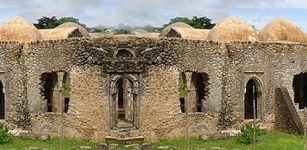 Ancient Ruins Of Kilwa Kisiwani And Songo Mnara: Great African Ports Long Abandoned And Forgotten
Civilizations | Nov 21, 2018
Ancient Ruins Of Kilwa Kisiwani And Songo Mnara: Great African Ports Long Abandoned And Forgotten
Civilizations | Nov 21, 2018 -
 10 Enigmatic Ancient Underwater Ruins – Our Oceans Are Full Of Secrets
Featured Stories | Aug 13, 2019
10 Enigmatic Ancient Underwater Ruins – Our Oceans Are Full Of Secrets
Featured Stories | Aug 13, 2019 -
 Why Did Vikings Carry Decorative Swords That Were Useless In Combat?
Ancient History Facts | Jun 8, 2024
Why Did Vikings Carry Decorative Swords That Were Useless In Combat?
Ancient History Facts | Jun 8, 2024 -
 Bolivia And The Mystery Of The Twins Of Atlantis
Featured Stories | Nov 16, 2014
Bolivia And The Mystery Of The Twins Of Atlantis
Featured Stories | Nov 16, 2014 -
 On This Day In History: Irish Rebellion Led By The United Irishmen Against British Rule Begins – On May 24, 1798
News | May 24, 2016
On This Day In History: Irish Rebellion Led By The United Irishmen Against British Rule Begins – On May 24, 1798
News | May 24, 2016 -
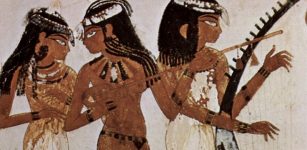 How And Why Did Ancient Egyptians Women’s Rights Change During The Greco-Roman Period?
Archaeology | Apr 16, 2019
How And Why Did Ancient Egyptians Women’s Rights Change During The Greco-Roman Period?
Archaeology | Apr 16, 2019 -
 More Than 27,000 Artifacts Illegally Collected By ‘Expert In Archaeology’ – Seized In France
Artifacts | Dec 18, 2020
More Than 27,000 Artifacts Illegally Collected By ‘Expert In Archaeology’ – Seized In France
Artifacts | Dec 18, 2020 -
 Sator Square: Mysterious Ancient Magical Word Puzzle Remains Unsolved
Ancient Symbols | Apr 18, 2018
Sator Square: Mysterious Ancient Magical Word Puzzle Remains Unsolved
Ancient Symbols | Apr 18, 2018 -
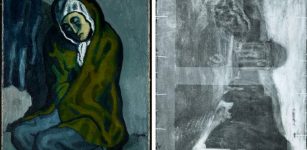 Hidden Details Discovered In Picasso’s Painting The Crouching Woman
Archaeology | Feb 28, 2018
Hidden Details Discovered In Picasso’s Painting The Crouching Woman
Archaeology | Feb 28, 2018 -
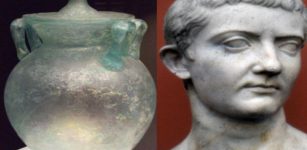 Flexible Glass – Lost Ancient Roman Invention Because Glassmaker Was Beheaded By Emperor Tiberius
Ancient Technology | Jul 27, 2023
Flexible Glass – Lost Ancient Roman Invention Because Glassmaker Was Beheaded By Emperor Tiberius
Ancient Technology | Jul 27, 2023 -
 South African Rock Art May Be Inspired By Long-Extinct Species
Archaeology | Sep 19, 2024
South African Rock Art May Be Inspired By Long-Extinct Species
Archaeology | Sep 19, 2024 -
 Fortified Bronze Age City Filled With Magnificent Ancient Treasures Solves A Mystery In China
Archaeology | Nov 21, 2023
Fortified Bronze Age City Filled With Magnificent Ancient Treasures Solves A Mystery In China
Archaeology | Nov 21, 2023 -
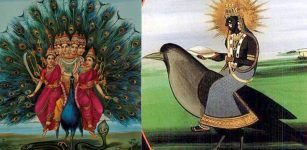 Vahanas – Sacred Animal Vehicles Of Hindu Gods And Goddesses
Featured Stories | Apr 30, 2017
Vahanas – Sacred Animal Vehicles Of Hindu Gods And Goddesses
Featured Stories | Apr 30, 2017 -
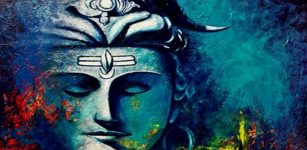 How Did Hindu God Shiva Get His Third Eye?
Featured Stories | May 13, 2019
How Did Hindu God Shiva Get His Third Eye?
Featured Stories | May 13, 2019

